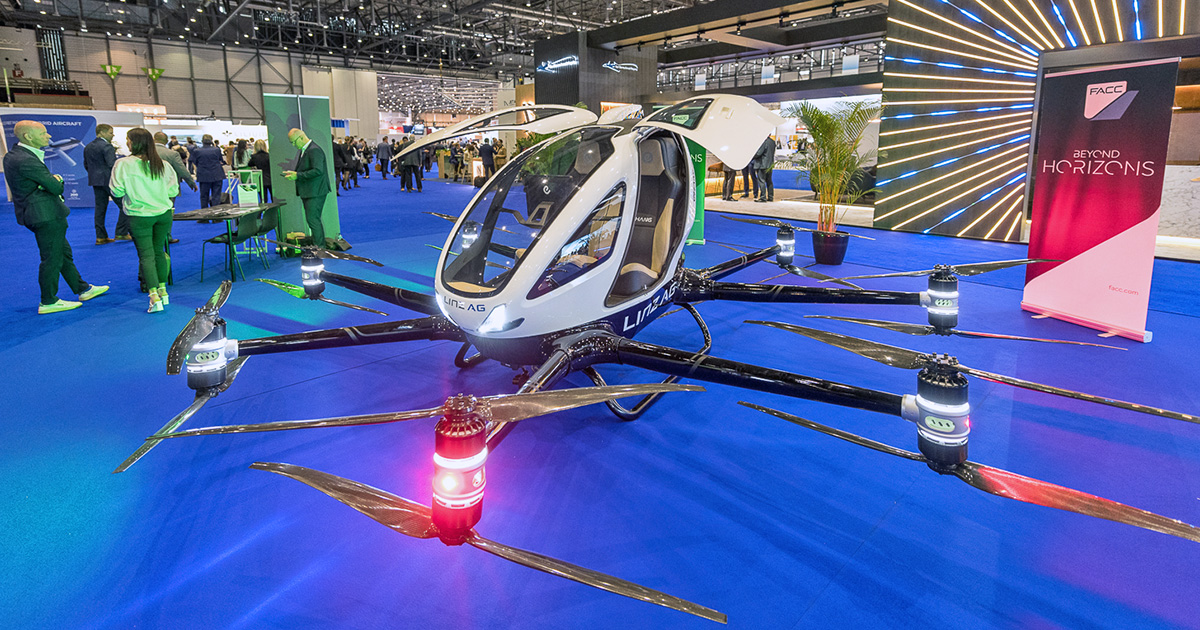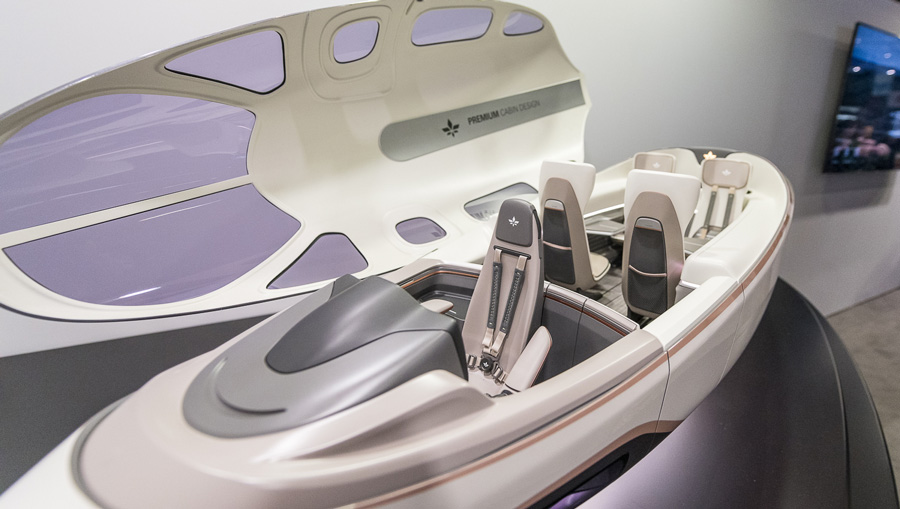EBACE2022: Looking Toward Integrating AAM With Today’s Infrastructure

24 May, 2022
Integrating the infinite flexibility and near-zero pollution promises of advanced air mobility (AAM) with today’s aviation infrastructure will require education, negotiation and patience – perhaps a decade or more, experts said during a panel discussion at the 2022 European Business Aviation Convention & Exhibition (EBACE2022).
Hundreds of companies are developing AAM products and only a handful are present at the show, said session moderator Adam Twidell of OneSky. All of them face not only the challenge of certifying a new breed of aircraft, but of finding customers who will be able to operate those aircraft in ways that are different from today’s operating environment.

“You need to have different procedures,” said Juliana Kiraly, business development leader for Europe with Embraer-founded Eve Urban Air Mobility. AAM will involve far more aircraft than are in use today, she said, and that fact is part of the aircraft certification process.
“We’re creating a new industry,” said Damian Kysely, EMEA infrastructure chief at the UK’s SkyPortss, which sees AAM aircraft displacing helicopters. The company is building a network of vertiports in London, with others planned, and a demonstration project well underway in Singapore.
“This is the next big thing,” said Bernhard Fragner, founder and CEO of charter operator GlobeAir. “We have to do something to get people away from the large aircraft. Passion can drive a lot of things; I’m absolutely convinced that we’ll succeed.”
But real AAM deployment is more than a decade away, and likely more like 15 years out, said Christophe Lapierre, group head of strategy and president of business aviation support services with Luxaviation. “Beyond the passion we need people on the ground,” he said. “It requires time. There will be quite a long transition phase.”

Coordination with the existing air traffic control infrastructure is critical too, he said.
ATC personnel can put existing aircraft into holding patterns, which won’t be possible with short-range AAM craft, said Diego Magrini, founder and CEO of data specialist aviowiki. “The digitization of aviation needs to continue at a very fast pace,”
“It’s a huge thing that we’re doing,” said Kiraly. But AAM depends on coordination between not only aircraft developers but energy companies and infrastructure developers, “otherwise we won’t be able to deliver.”



